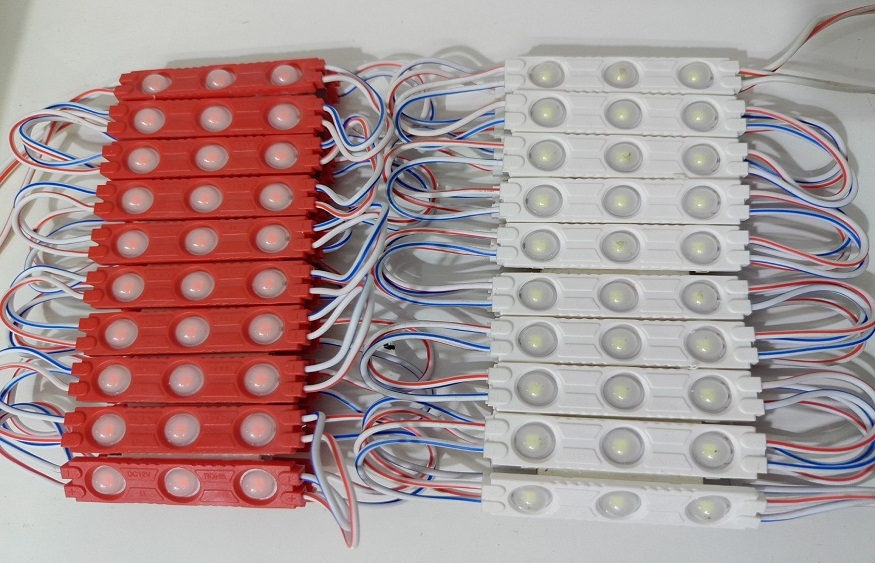Introduction: The Global Demand for Smarter Lighting
In today’s world, energy efficiency is no longer just a goal it’s a necessity. Whether it’s for residential spaces, industrial warehouses, or large-scale commercial complexes, LED lighting systems have emerged as a preferred choice. This shift is being driven not only by environmental awareness but also by the need for cost-effective, long-lasting solutions. Behind this trend lies a vast network of global exports and power supply systems that make it all possible.
As lighting needs expand across continents, the coordination between export companies and distributors becomes a critical piece of the puzzle.
Behind the Scenes of an LED Strip Lights Export Company
Exporting LED strip lights isn’t merely about sending products from one place to another. It’s a multi-layered process that starts with understanding market needs across different regions each with its own voltage standards, installation requirements, and certification demands.
An established LED Strip Lights export company typically takes into account everything from durability and color temperature preferences to ease of installation. Moreover, compliance with international safety standards plays a huge role. Many buyers today prioritize products that not only perform well but also meet strict regulatory guidelines. That’s why export companies often invest in packaging innovations, robust quality control processes, and responsive customer support.
These export operations are about building trust with international partners. It’s about creating lighting systems that work seamlessly in new environments, whether they’re being installed in urban architecture or remote industrial zones
Power Supply: The Silent Enabler of Every LED System
While LED strips may get most of the attention in a lighting setup, they can’t function properly without one crucial component the power supply. LED power supplies convert AC voltage from the main electricity line into the low-voltage DC required to operate LEDs safely and efficiently.
The power supply isn’t just a functional tool it’s also responsible for safety and performance. Without the right power source, even the best LED strips can flicker, overheat, or degrade prematurely. From compact indoor units to waterproof outdoor models, the type of power supply selected depends heavily on the application.
This makes it essential for designers, engineers, and installers to have access to a diverse range of reliable power supply options that align with specific LED configurations.
How Distribution Shapes Access to Quality LED Power Supplies
The journey from manufacturing to installation is only complete when distribution is handled effectively. A skilled LED Power Supply distributor does more than just move products from point A to point B. They manage inventory, understand regional market needs, and ensure timely delivery.
Distribution partners often play a key role in educating end-users and installers. By keeping up with product changes and technical updates, they help ensure that the right power supply gets matched with the right lighting setup. They also manage local supply demands, respond to warranty claims, and streamline logistics to prevent installation delays.
Ultimately, distributors help maintain the balance between supply and demand. Without them, LED lighting products wouldn’t reach customers at the right time, in the right condition, or with the right support.
Interconnection: Matching Power Supplies with Exported Products
A significant challenge in the LED supply chain lies in ensuring compatibility. Export companies and distributors must work closely to align product specifications with the power supplies used in destination markets.
Let’s say a customer in Europe purchases high-lumen LED strips designed for architectural use. If those strips are paired with incompatible or underpowered supplies, the result could be system failure or inefficiency. This is why coordination between exporters and distributors is so important it ensures seamless integration from shipment to final installation.
It’s not just about moving products. It’s about matching the technology behind those products to real-world usage conditions, helping projects stay on track and function reliably over the long term.
Looking Ahead: Trends in LED Export and Supply Infrastructure
As LED lighting technology evolves, so too does the infrastructure supporting it. Automation in warehousing, smart logistics systems, and real-time tracking are now part of modern export strategies. Similarly, power supply design is becoming smarter, more compact, and more adaptable to diverse installations.
Global trends suggest that demand will continue to grow for customized lighting packages tailored not just in terms of brightness or size, but also in compatibility with specific environments and energy requirements. Exporters and distributors who are able to respond quickly and flexibly to these demands will be the ones shaping the next generation of lighting solutions.
Conclusion
The LED lighting industry is much more than the sum of its parts. It involves a dynamic, interconnected system of production, export, and distribution. At the heart of it are companies committed to delivering quality at every step from manufacturing high-performance strip lights to ensuring they are powered correctly once installed.
When a LED Strip Lights export company and a reliable LED Power Supply distributor work in sync, they don’t just move products they move possibilities. They enable innovation, support sustainability, and help light up spaces across the globe with efficiency and purpose.

